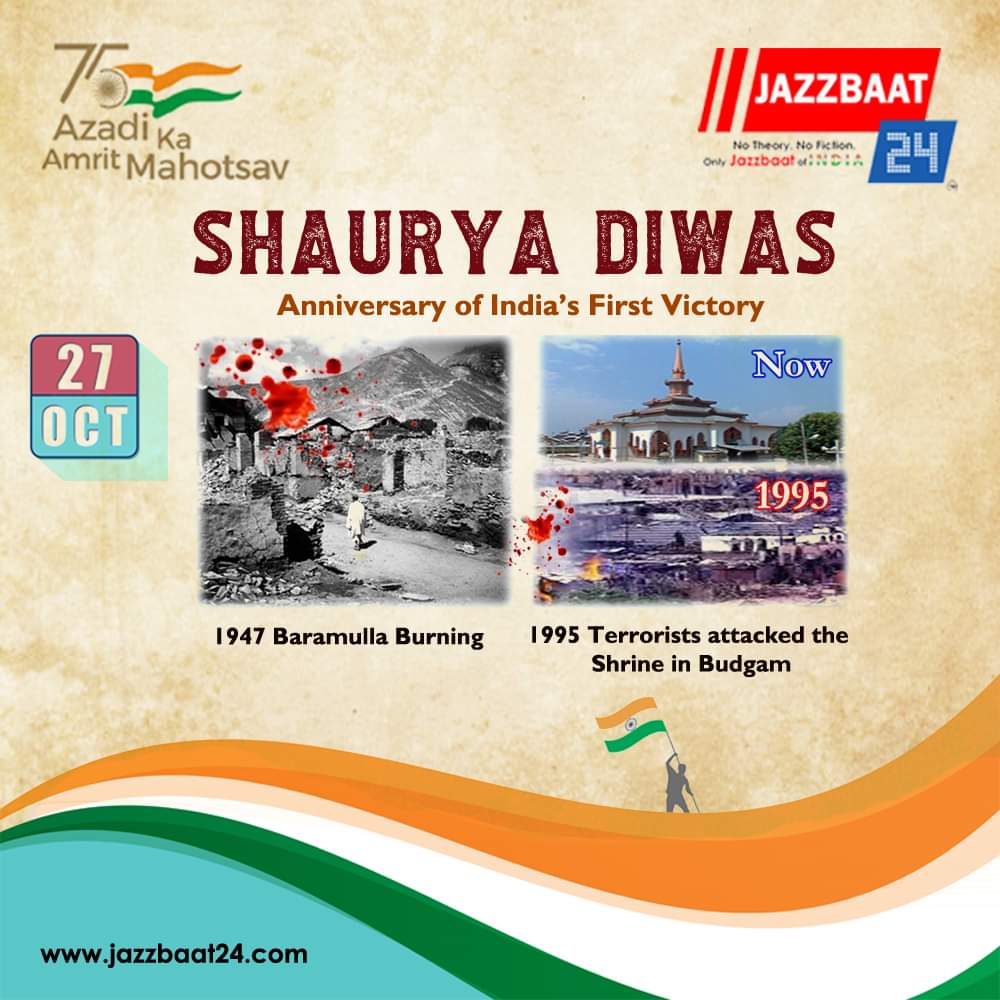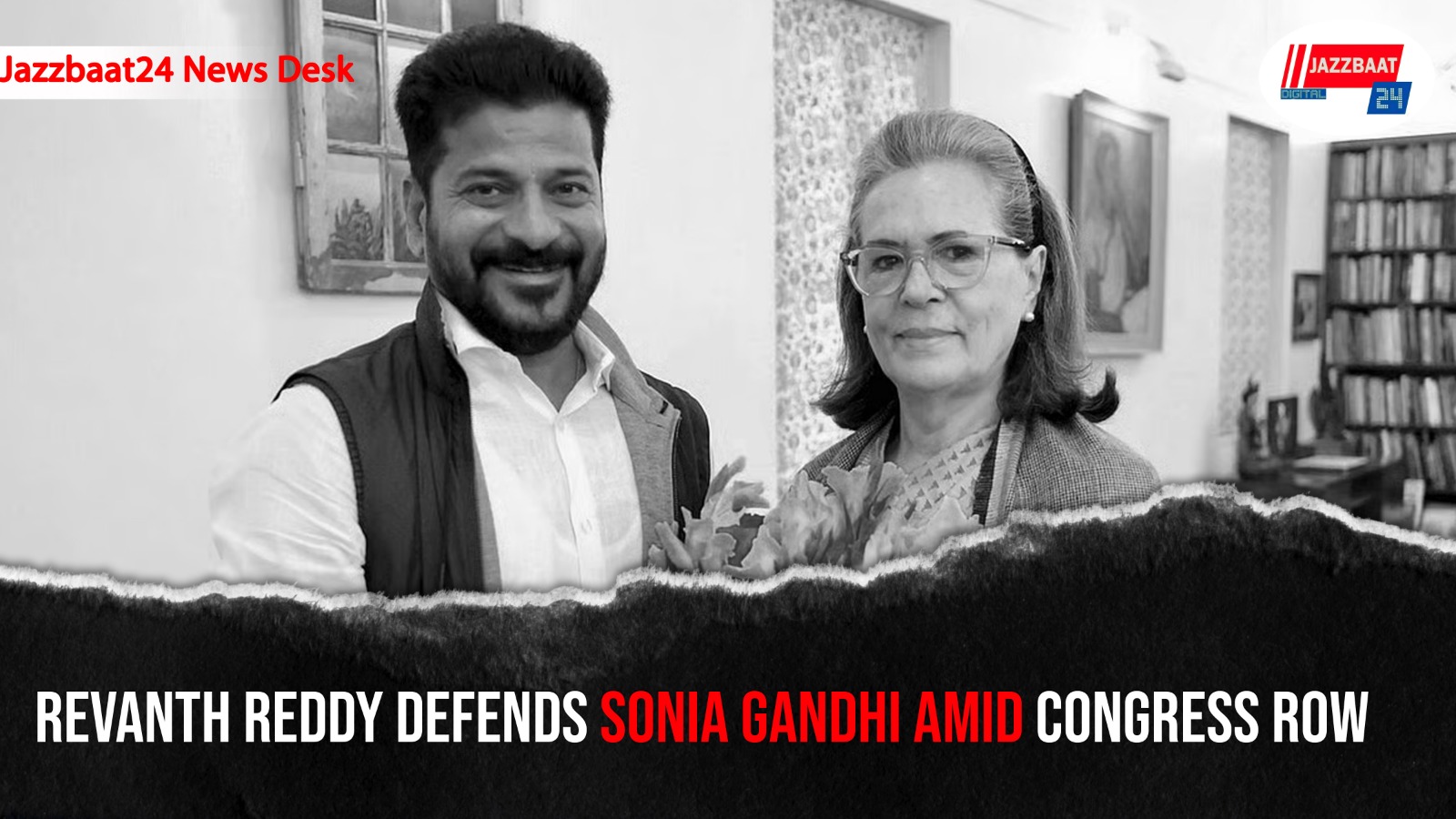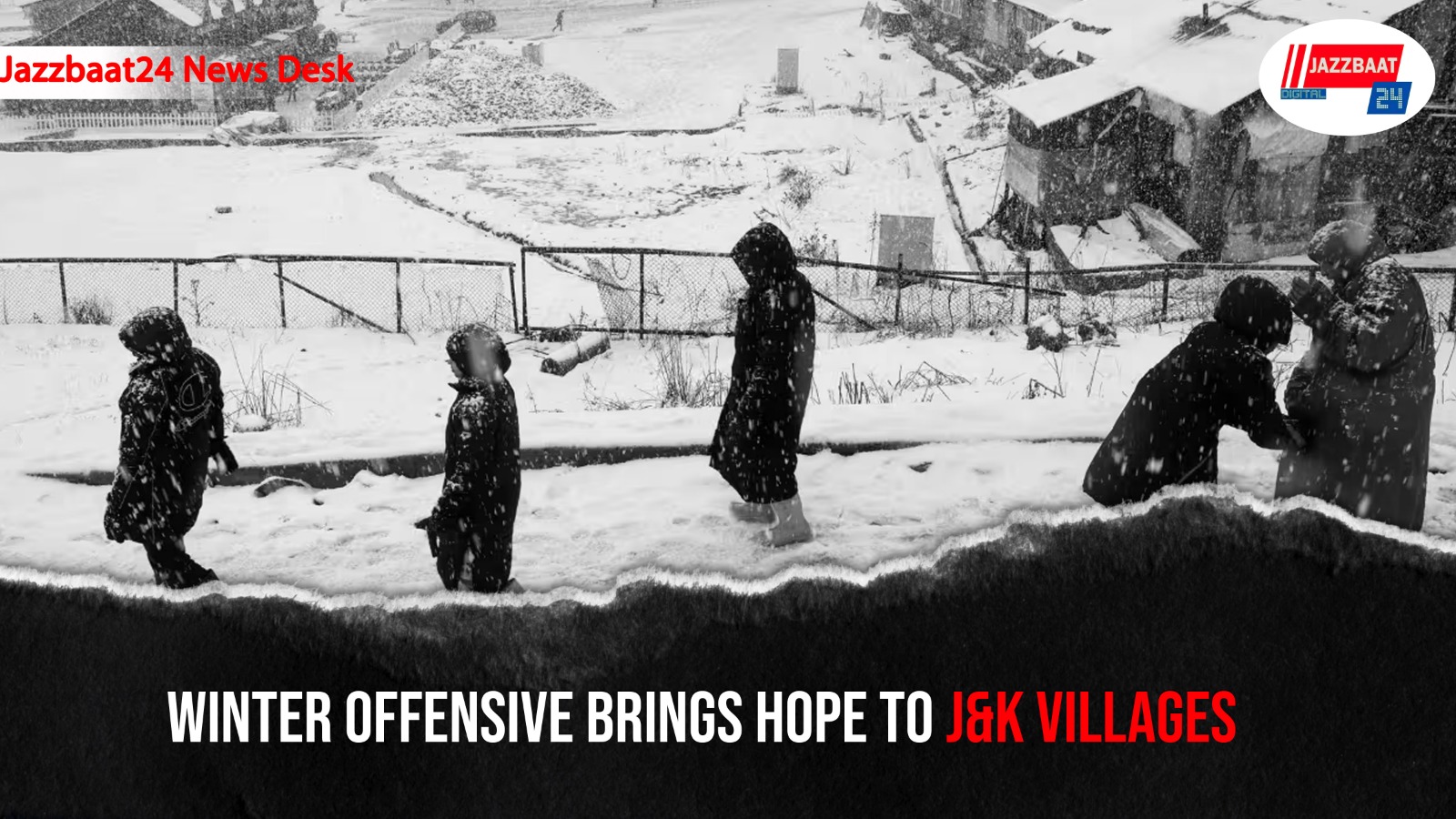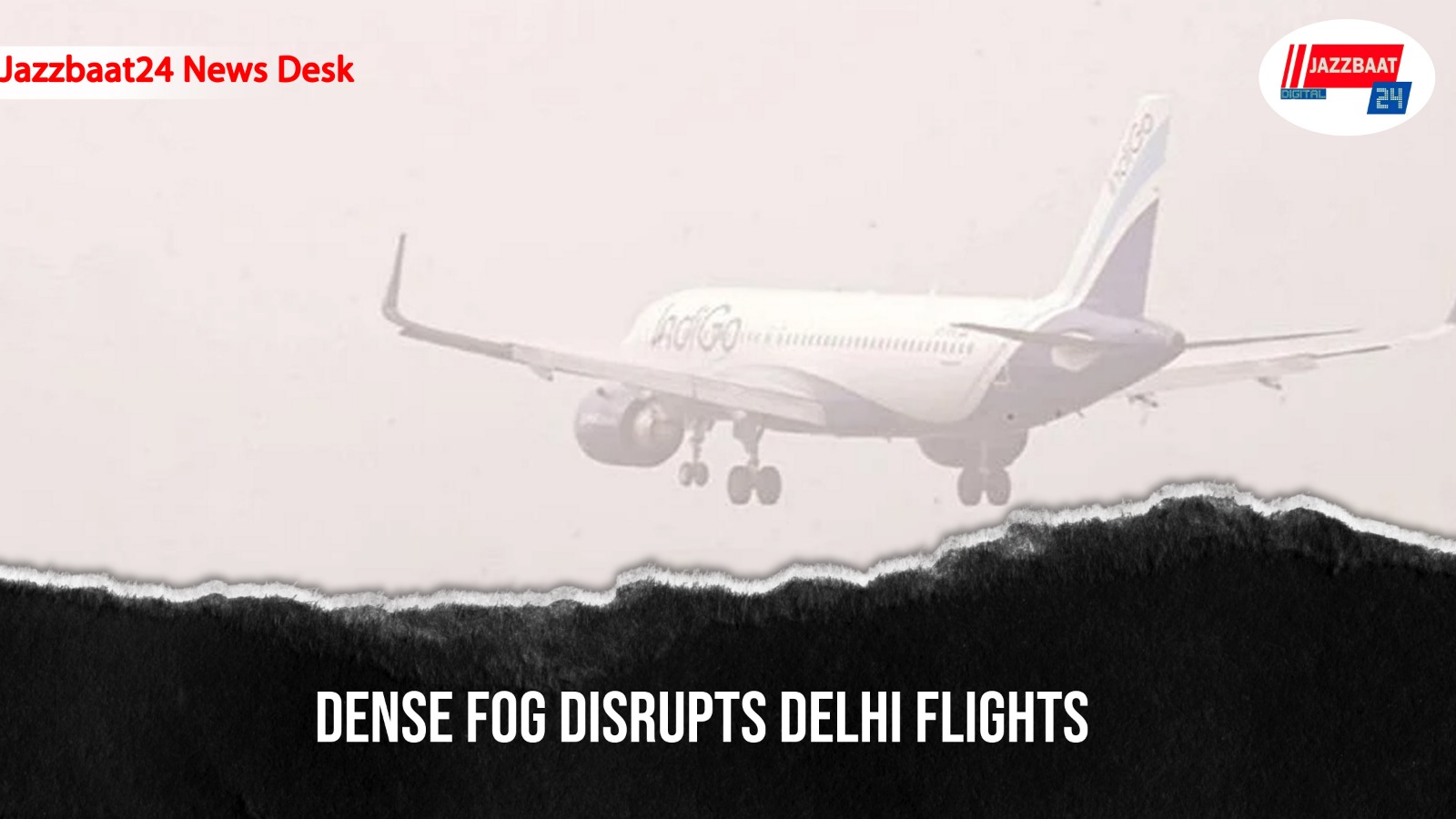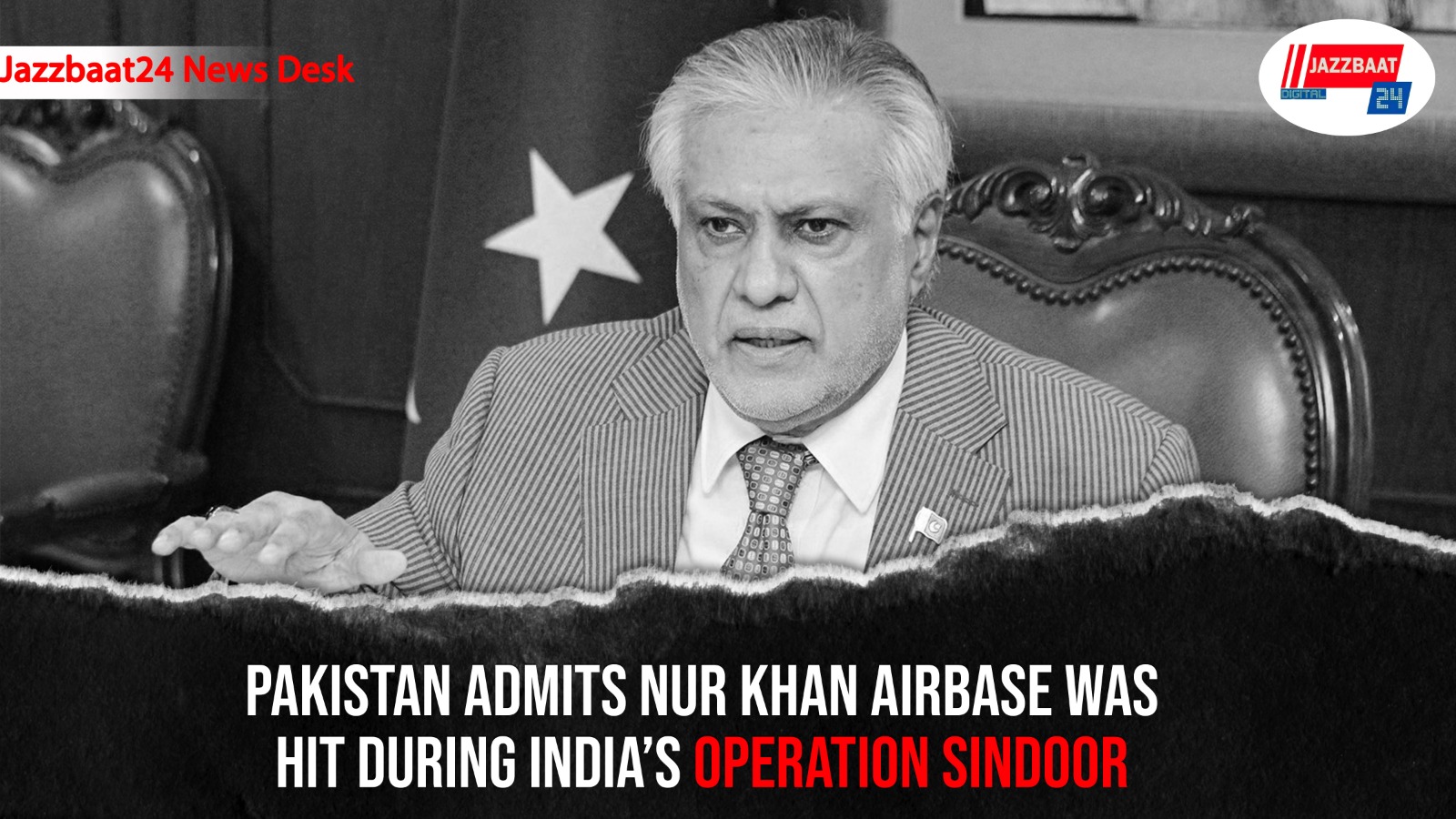It is important to remember that on October 22, uncounted numbers of Hindus, Sikhs, and Christians were murdered by non-state actors supported by Pakistan. Within 12 days of signing the standstill agreement, Pakistan threatened Maharaja Hari Singh by writing to him on August 24, 1947, saying that "“The time has come for Maharaja of Kashmir that he must take his choice and choose Pakistan. Should Kashmir fail to join Pakistan, the gravest possible trouble will inevitably ensue”. Pakistan made its malign intentions toward Jammu & Kashmir (J&K) abundantly clear. Pakistan developed a military strategy to invade Jammu and Kashmir that was code-named "Gulmarg" after sensing the Maharaja's desire not to join either country.
The Pakistani Prime Minister swiftly approved two plans for a fast takeover of J&K after the British Commander in Chief of the Pakistani Army rejected Pakistan's intention to employ its military. The first step was to gather a force of 20,000 Pakhtunkhwa tribesmen, and the second was to arm the Ponch uprisings. The plan was to take control of Jammu and Srinagar before sending the army to occupy newly taken area. More than a million Hindus and Sikhs were targeted for expulsion from Kashmir, Poonch, and Pakistan-occupied J&K as part of the genocide. "Leave none to tell the tale of terror" was the guiding principle behind the ethnic cleansing of Hindus and Sikhs in Mirpur, Muzaffarabad, and Baramulla.
Pakistan came to the conclusion that the Maharaja's Army was unable to protect the entire state, extending from Gilgit-Baltistan to Mirpur.
By eradicating thousands of Hindus and enslaving their women and young girls, Pakistan rebuilt the Hindu Kush. The use of tribal males organised into the Lashkars to carry out state-sponsored terrorism against the population of another nation may have been a first in modern recorded history (Groups of 500 to 1000 armed men). These Lashkars used the "Scorched Earth Policy" as their tactic. To put it another way, they robbed and carried everything, including women and girls, and they destroyed anything they couldn't carry. In order to isolate Jammu and seize control of the gained territories until the Pakistani Army arrived later, the strategy called for the seizure of Poonch and the Kashmir valley.
Just two days prior to Dushehra, when people were in a joyful mood, Mirpur and Muzaffarabad were attacked. According to reports, the Pak army and tribal invaders massacred roughly 18000 individuals in the most heinous manner known to man. After the mission was deemed a success and no resistance was encountered in Muzaffarabad or Mirpur, the Pakistan Army gave the Lashkars orders to advance on Srinagar. On the day of Dushera, October 24, an attack occurred in Baramulla. In their eagerness, some people went to greet these invaders. When they arrived to the Valley, there were also people who served as guides, taking them to different areas of the valley.
Baramulla experienced a similar fate when the town was destroyed and the reign of terror overtook it. In contrast to Mirpur and Muzaffarabad, where many Hindus and Sikhs had fled to Jammu and Poonch, Hindus and Sikhs from Baramulla had nowhere to flee except to retreat into adjacent villages and the forests in the chilly month of October, leaving their homes vacant for the invaders to loot. According to reports, hundreds of locals took refuge in the jungles and rock caverns to protect their families from the homicidal Lashkars. Nurses and nuns caring for the patients at the missionary hospital in Baramulla were raped and killed, and the building was set on fire.
Since 1947, Pakistan has been using non-state actors to cleanse, seize, and dominate land. This is Pakistan's indisputably clear approach. Second, continue using non-state actors as a low-cost alternative until the goal of capturing Kashmir is achieved. Third, aid non-state entities (such as freedom fighters), the Ummah, and the narrative war to justify unlawful and immoral warfare. Fourth, maintain Kashmir's political division in order to support the population's pro-Pakistan and pro-independence factions. Fifth, maintain political and social difference among the people of Kashmir Valley and the Jammu division.
In yet another terrorist attack, the Sheikh Nooruddin Noorani mausoleum in Chrar-e-Sharif was destroyed in a clash between security forces and Hizbul Mujahideen militants in 1995. It is located 28 kilometres from Srinagar.
In a firefight on May 11, 1995, between security forces and Hizbul Mujahideen terrorists under the command of "Major" Mast Gul, the shrine was completely destroyed. While "Major" Mast Gul and other militants were able to elude capture, more than five militants were killed during the operation.
India is prepared to mark the "Shaurya Diwas" on 27th October this year, under Government of India's Azadi Ka Amrit Mahotsav campaign. The day will mark the anniversary of India's first victory - honouring our countrymen's valour in the 1947 Baramulla Burning and the 1995 terrorist attack on the Shrine in Budgam!

